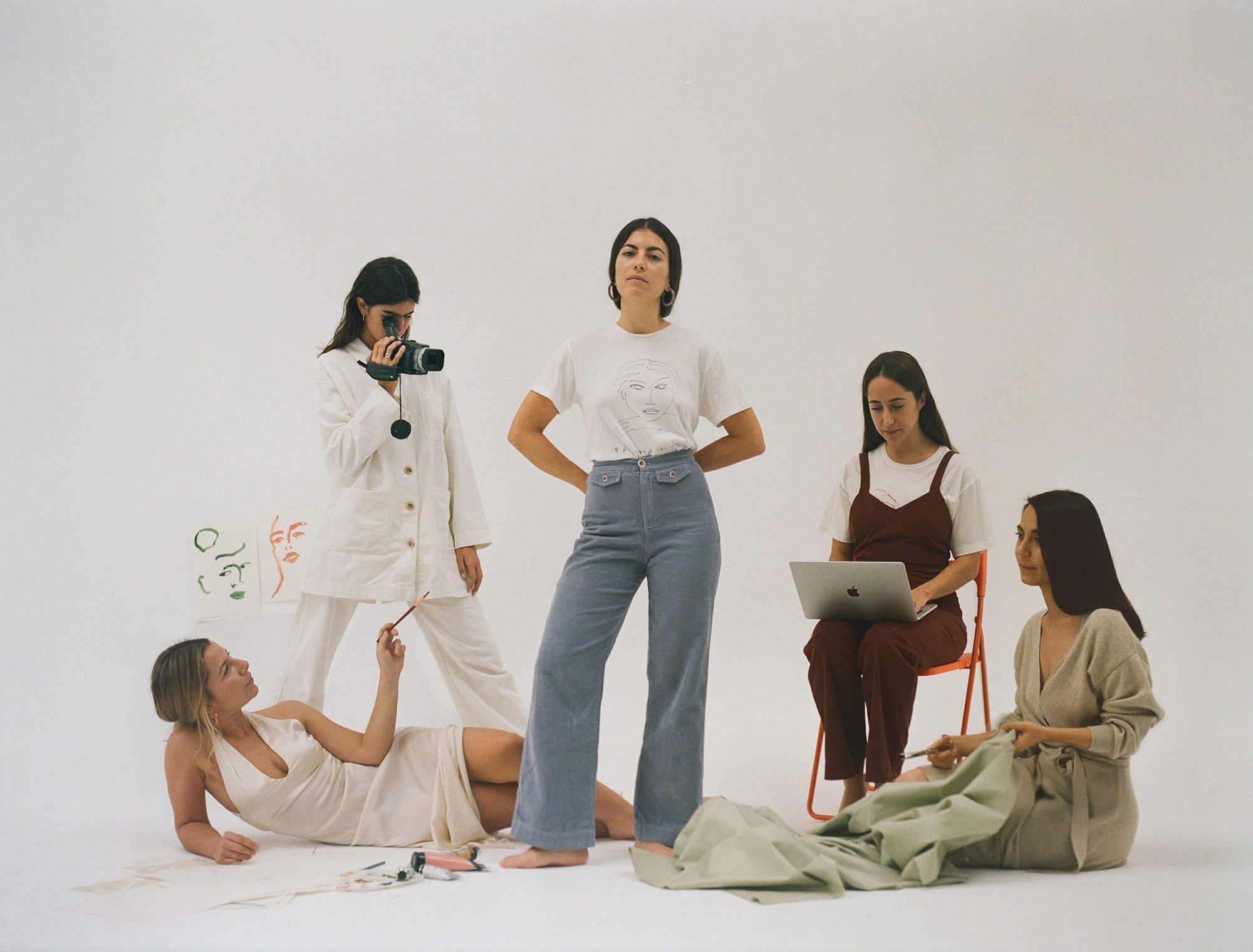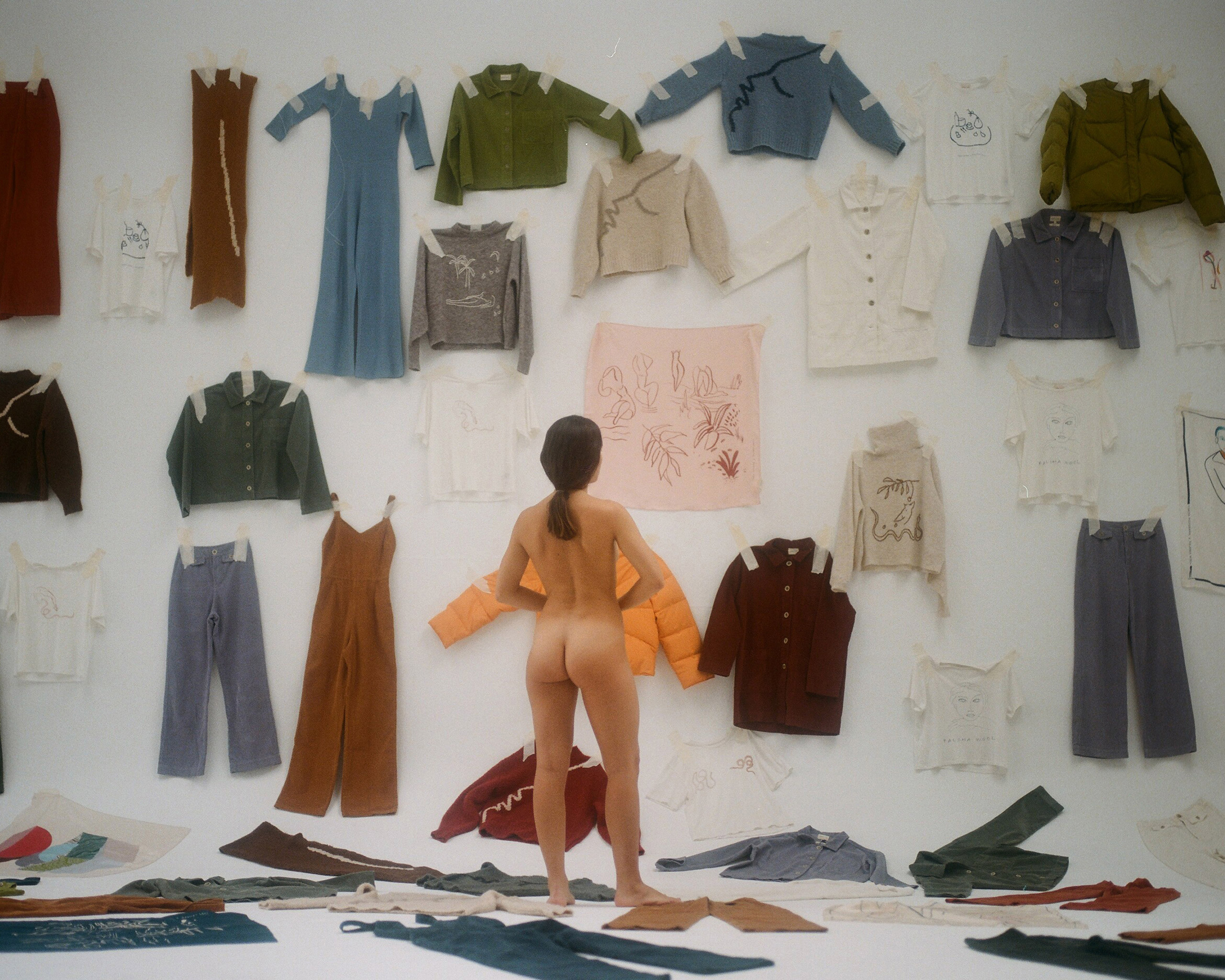
- Interview by Brandi Katherine Herrera January 18, 2018
- Photography by Carlota Guerrero
Paloma Lanna
- photographer
- designer
As the child of designers behind one of Spain’s most well-known fashion brands in the ’80s, Paloma Lanna spent much of her youth traveling the world with her parents—learning the ins and outs of the industry by closely watching them work. Here, the Barcelona-based photographer and designer talks to us about both the rewards and challenges of growing up in the family business, what she learned by working alongside her mother before starting Paloma Wool, and why experimentation and collaboration with other artists has been critical to keeping the vision for this totally unique fashion project alive.
You were born in San Sebastian, but have lived in Barcelona most of your life. Can you tell me a little bit about growing up there with parents who were designers, and how that may have shaped your ideas about art and creativity? My parents had their own fashion brand called Globe, that was really popular with teenagers in the ’80s. It was the most fashionable brand in Spain at that time, before Mango or Zara. Then they started a brand called Nice Things, which I’ve been involved with.
My brothers and sisters are much older than me, and we don’t share the same mom and dad; I’m the only child they had together. So I grew up very close to my parents, and we were a really strong team. They took me everywhere when I was little. We travelled to China, New York, and Milan; visiting suppliers and observing the trends. All of this taught me so much about fashion.
Children often feel pressured to go into the family business, whatever that may be. Did you feel a responsibility to follow in your parent’s footsteps? They actually pushed me to study business, instead of fashion, which was my true calling. There was an economic crisis in Barcelona in 1992 and it was really difficult to get money from banks, so they couldn’t continue to finance Globe and went bankrupt. This was a very traumatic experience for them, so they were concerned about me knowing how to run my own company in the future.
In a way, it was just the opposite for you—your interests were in fashion, but they nudged you toward what they felt was more stable. Yes. But my parents still always talked about their business and about fashion. And they transmitted that same ‘passion for fashion’ to me. (laughing)
I can imagine how that would just naturally happen. Especially being exposed to the inner workings of the industry from such a young age, and experiencing all of the fun things like traveling with them all over the world. It wasn’t so fun! (laughing) I was really little, and I had to entertain myself for hours while they were working with suppliers. My parents enjoyed getting me involved, though, and I always listened to their conversations about fabrics, garments, and trends. There were also fun times, like going to New York or Tokyo for shopping. Traveling to the fashion capitals, and to the countries where clothing is produced, definitely nourished my insight in the fashion industry.
That in itself was a form of education. Yes—which is why my parents felt I really didn’t need to study fashion. So I agreed to study business.
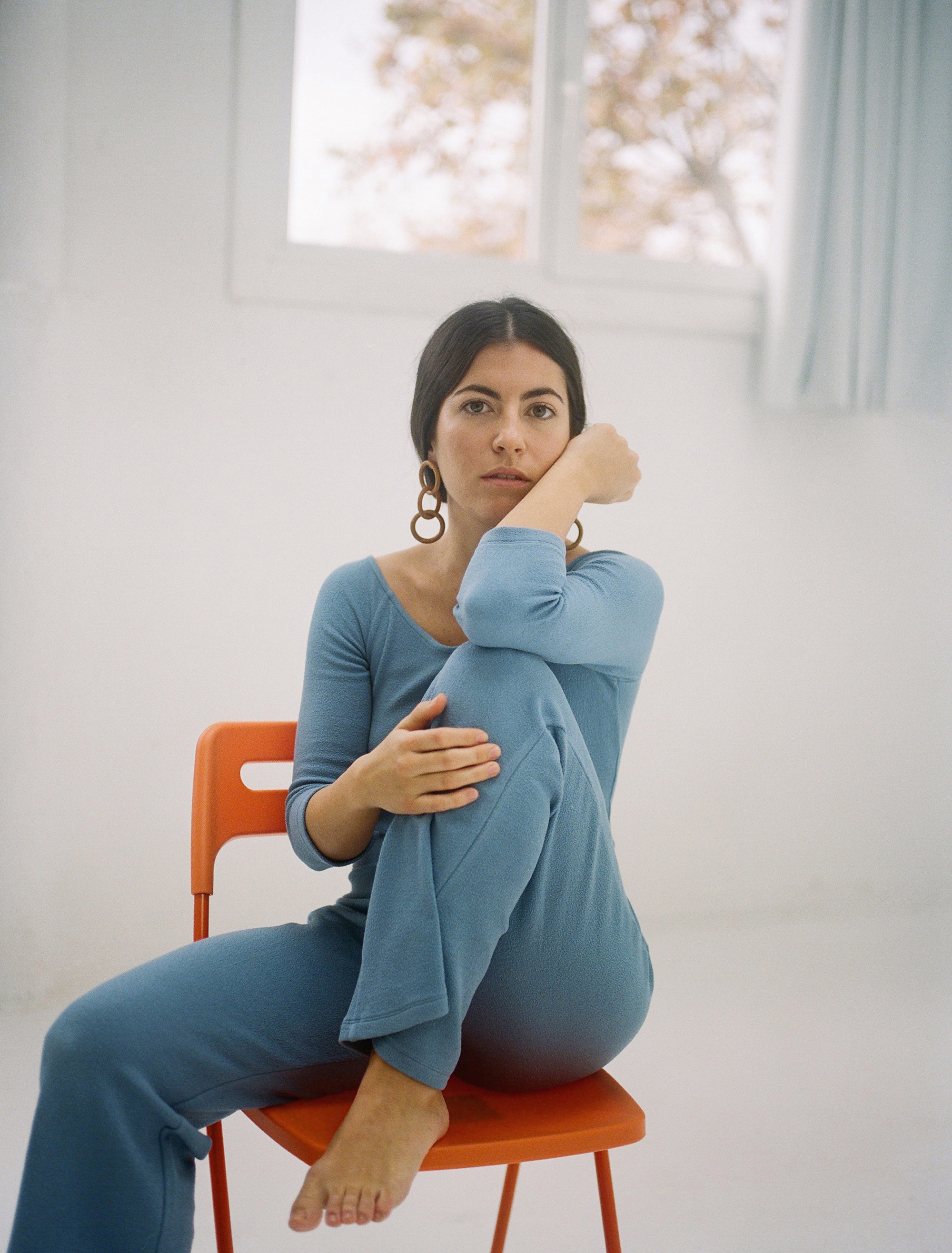
“[My parents] took me everywhere when I was little. We travelled to China, New York, and Milan; visiting suppliers and observing the trends. All of this taught me so much about fashion.”
At what point did you make the shift back to fashion, and start your own clothing line? I had always wanted to have my own fashion line, but decided to create Paloma Wool when I understood that I could create a fashion project without it being just a fashion brand.
One that combines your love of fashion with photography and art. When did you start photographing? I’ve loved taking photos since I was a teenager, and would make all of these albums with the thousands of photos I had taken of my friends, family, and travels.
When I finished business school, I started photographing again. During my last year, I went to Hong Kong to work as an intern at one of the suppliers for Nice Things. I found an analog camera at a flea market there, and I started taking photos with it while I was traveling around China. I don’t know why, but I immediately felt really connected to that way of working. Analog photography seemed so magical. I didn’t even know if the photos were going to produce images, because I didn’t fully know how to work the camera. When I developed the first photos at a lab in Hong Kong, I was shocked. I was so in love with this kind of photography, that I stopped using digital cameras, and I’ve never shot anything other than film since.
Working with film is such a magical process. It really forces you to slow down, because it’s not instantaneous—you have to wait to see the results. When you were a teenager making those albums, were you printing out photos you took using a digital camera? I had a pretty old printer in my house, and I used to print the photos with it. The albums weren’t artistic; they were just common photo albums. But, I had this obsession with collecting images and putting together ‘moments’. I suppose I learned it from my mother—she made albums for every year of her life. I think I wanted to follow that tradition of hers in some way.
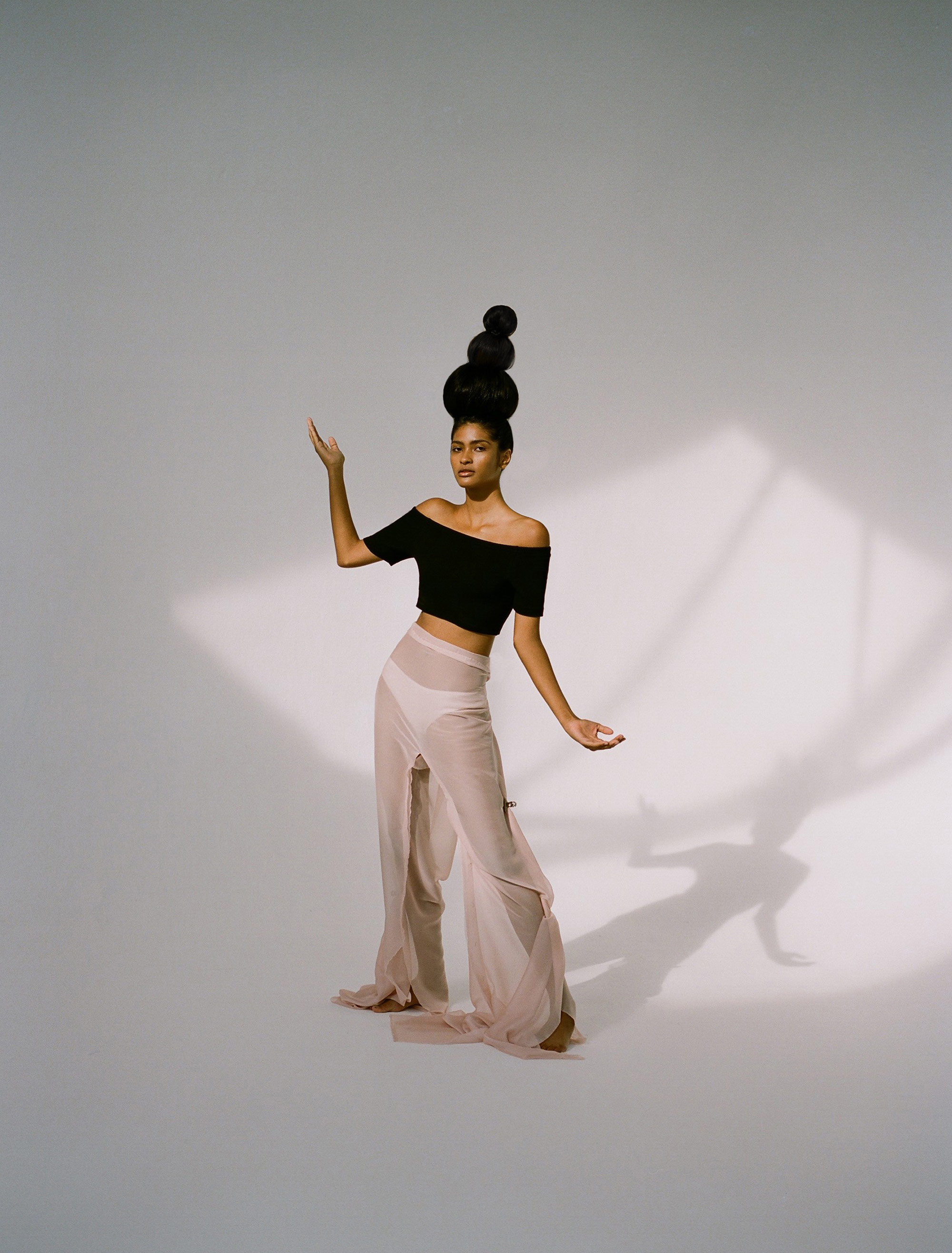
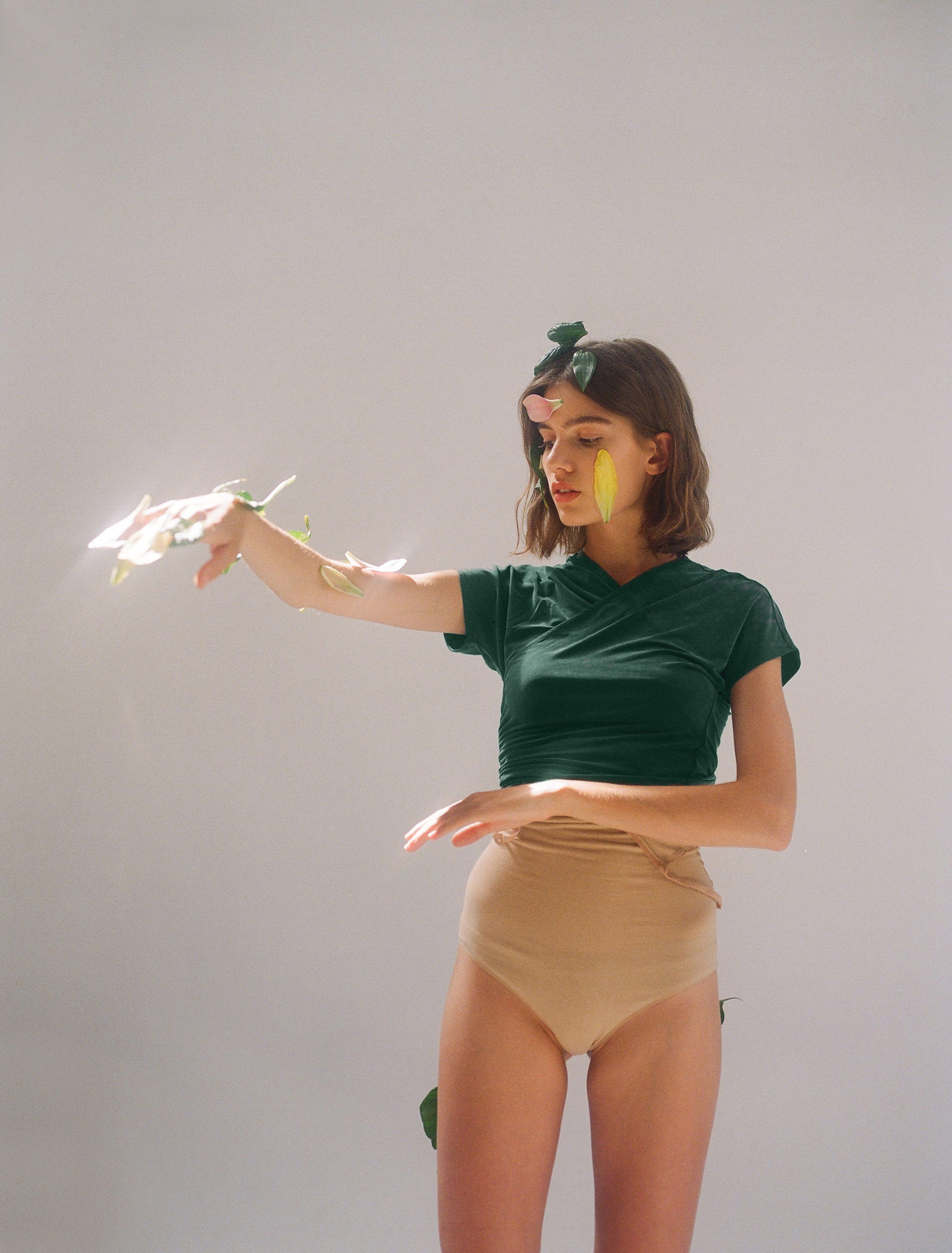
That’s such a lovely tradition. Do you think that process of collecting ‘moments’ eventually informed the photography and art direction for Paloma Wool? Totally. When I started the project, I was mixing a lot of photos of my travels and everyday-life with photos of models. And I think it was something special; I don’t remember any other fashion brands at that time showing so much of the person behind the project.
Or shooting film, for that matter. What do you think that adds to the creative process, and to the brand? I’m never sure what the result is going to be until I develop the film, so I’m always exploring, and trying out new things. In the last photo shoot I did, I covered the camera with plastic, so the images are really blurred. It’s fun, even if it’s sometimes risky. I always end up liking the results, either way.
It’s like one small, daily form of risk-taking in your creative practice. It is. When I started shooting film, I didn’t know how analog cameras worked, or how to expose the film. I was over or under exposing it so the photos were all really bright or very dark. They looked like paintings—much more abstract than the photos I had taken before with a digital camera.
As a self-taught photographer, it sounds like this has been a process of learning by trial and error. It definitely has been—I’ve never even taken a photography class.
When you don’t study something formally, but learn on your own, it opens up so much freedom to experiment and bend the rules. You’re not so boxed in. It’s true. You don’t feel any pressure, because nobody’s waiting around to see the results. It’s just you, with a camera, trying things out. There are no rules, so you feel much more free.
“I always felt that selling clothes was just an excuse for these artistic collaborations and experiments in photography. And fashion is the common thread that ties them together.”
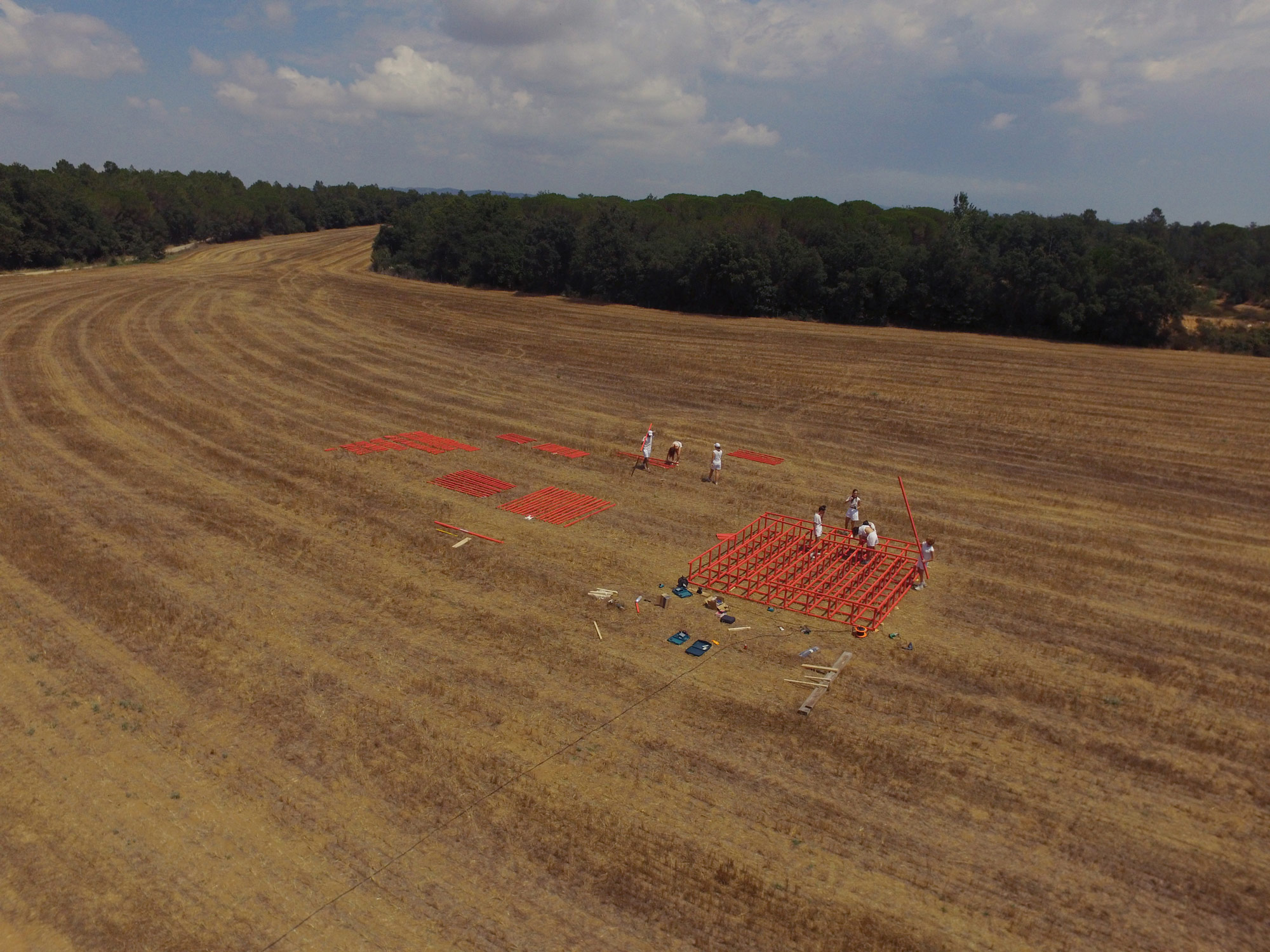
You have the opportunity to try new things, but also to make mistakes and fail without the pressure of being judged. What was it like to start your company while working with your mom, who has been somewhat of a mentor to you? My level of involvement with Nice Things has changed since I started working there. About 80% of my time is dedicated to Paloma Wool now, especially as it continues to grow. I’m really connected to my mom, though, so we continue to work together. And we share a space, because we’re in the same office as Nice Things.
When I was more involved with Nice Things, I felt like I didn’t have the same level of freedom that I have at Paloma Wool. Now, I can really be myself—exploring and experimenting—and I don’t have to worry about whether it’s commercial or not, or if people will understand it or not. I was aware that Nice Things was my mom’s universe—with her aesthetics and ideas—but I learned how to work within that. I have a beautiful relationship with her, and we really respect each other. She trusts me, and is always asking me for advice when it comes to Nice Things. And, I’m always asking her to help me as well. It’s been a really lovely mother-daughter experience.
That’s really special to have that kind of supportive working relationship with your own mom. I couldn’t have done what I’m doing now, if it weren’t for her. Nice Things really helped me start this project; they’ve trusted me, and I’m so grateful for that.
“I don’t believe in fashion seasons—autumn/winter or spring/summer…I don’t believe in sales, or things like Black Friday. I believe that pieces have a value, and that this value can’t be changed by time.”
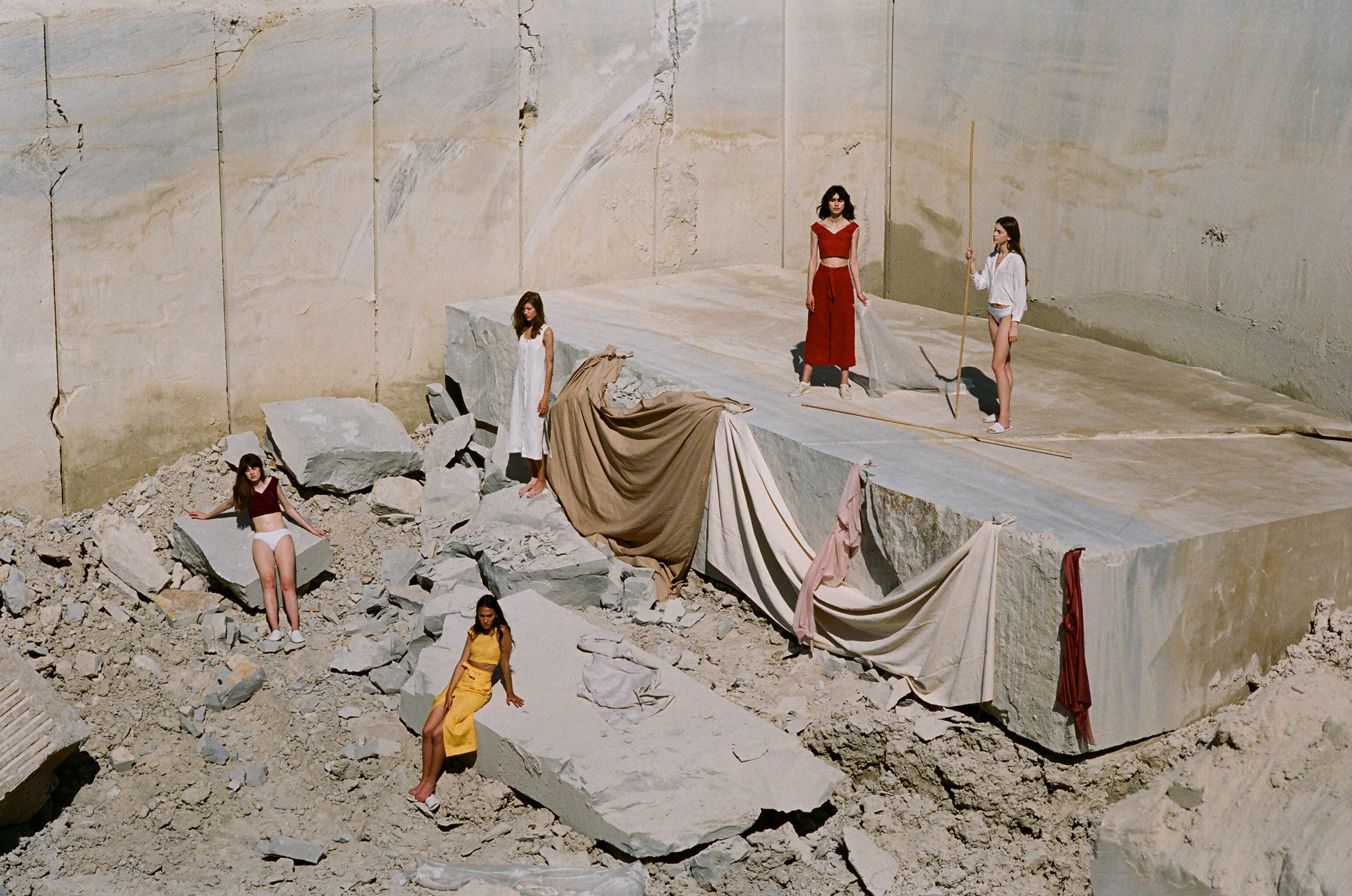
Despite the training and support you’ve had from your mom, your project has such a distinct point of view and aesthetic. Can you speak to your vision of combining photography, video, and installation into a space where you collaborate with other artists to express your ideas? Although I had always loved the fashion world, I found many things in the industry unappealing. So, I wanted to start a new project with my own vision. I didn’t want to follow the rules that Nice Things was following: I don’t believe in fashion seasons—autumn/winter or spring/summer—and I didn’t want to follow the calendar of the prêt-à-porter industry, or to do wholesale. I don’t believe in sales, or things like Black Friday. I believe that pieces have a value, and that this value can’t be changed by time. I also didn’t want to overproduce, as so many brands do. I wanted to do limited-edition capsules, where I could be sure I was going to sell everything I was producing. That’s why many of the pieces we make are out of stock within the first month.
Instead, I wanted to create a more complex fashion concept. I’m a curious person, so I wanted the concept to be curious, too—mixing fashion with different artistic disciplines, and experimenting around the brand. I always felt that selling clothes was just an excuse for these artistic collaborations and experiments in photography. And fashion is the common thread that ties them together.
Do feel as though you’re disrupting the industry—and its systems—in a way? Yes, but subtly. I don’t like polemics. I’m a quiet person, and I prefer action that speaks for itself. I just want to show people that things can be done in a different way. For example, I try to express kindness through my work, and I like to show the process of how my team works together. We’re women, and we’re friends. We respect each other, and treat each other well. I’m interested in presenting that through this project.
Is your entire team made up of women? Yes, all women.
I love that. It’s no surprise that women are also mostly the subjects of this project’s photographs and videos. You also document women in your personal work; capturing them in such a distinctly ‘Paloma’ way. What draws you to focus your gaze on women? I’m really interested in showing women naturally. I don’t retouch photos. I take photos of models, but also of my friends, because I’m trying to express that we’re all beautiful the way we are.
We’re all women—models or not. I think that really resonates with many of the women who follow you. Yes.
“I’m really interested in showing women naturally. I don’t retouch photos. I take photos of models, but also of my friends, because I’m trying to express that we’re all beautiful the way we are.”

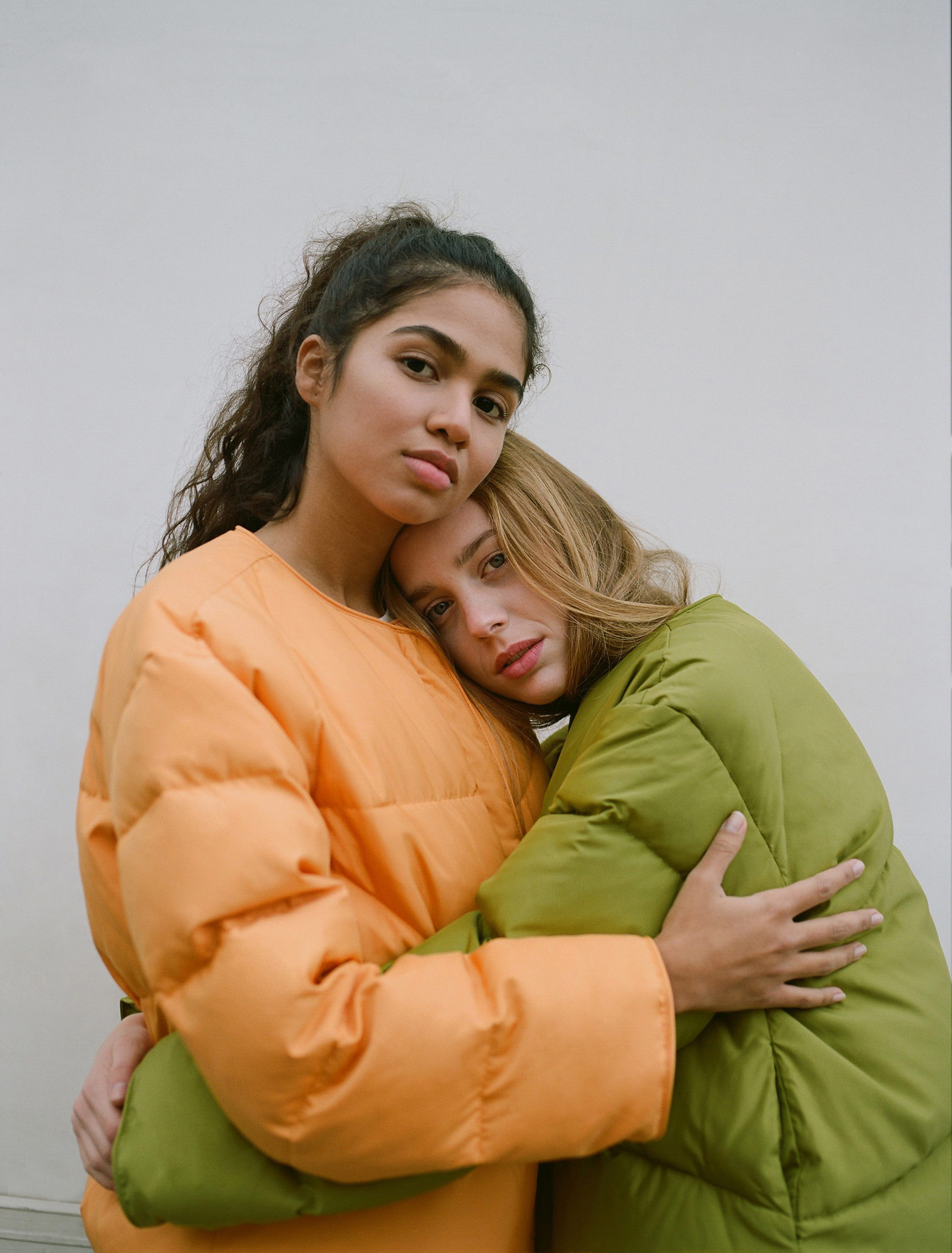
You often collaborate with your friends as well. Like Carlota Guerrero, who you’ve known for many years. In what ways do your artist friends inspire your own work and aesthetic? I used to collaborate a lot with Carlota in the beginning. But she’s been very busy since she left Nice Things to start her own career as a photographer, so it’s more difficult for us to collaborate now. It’s really fun when we get to, though.
Carlota and I have been friends since we were very young. When I started this project, Carlota was still working for Nice Things. Olga de la Iglesia, who is also a photographer friend of mine, was working there as well. And my friends Tana Latorre and María Gaminde also work there. Many of my friends started working for Nice Things in some way before working for this project, but we’ve always been curious about art and photography. We all grew up together; taking photos of our travels and of our lives. We’ve learned a lot from one another in that process, and I think that’s why our work has so much in common. We kind of share a “look,” which I think is interesting.
I collaborate with close friends like these, but also with people I didn’t know beforehand, like Tanya Posternak. She and her twin sister Zhenya are both photographers in New York. I met Tanya through Instagram. When I saw her drawings, I wrote to her, and she sent me one of them. I was really touched by that, and decided to do a silk scarf with her drawing. Through these kinds of collaborations, I’ve been able to make new friends. It’s been really nice; I’m always meeting new people that I admire and get to connect with them in special ways. It’s one of my favorite aspects of what I’m doing.
Tana, who I mentioned before, and who you’ve been talking to, works for both Nice Things and Paloma Wool. She does all of the basic illustrations for the project, and is a really important collaborator.
Ahh, so she’s the one who does the beautiful illustrations of women. She is!
“… collaborating with other people is a risk. Your collaborator might come up with something you don’t really like or understand. So it’s important to be respectful…in order to come together to create something you both equally believe in.”
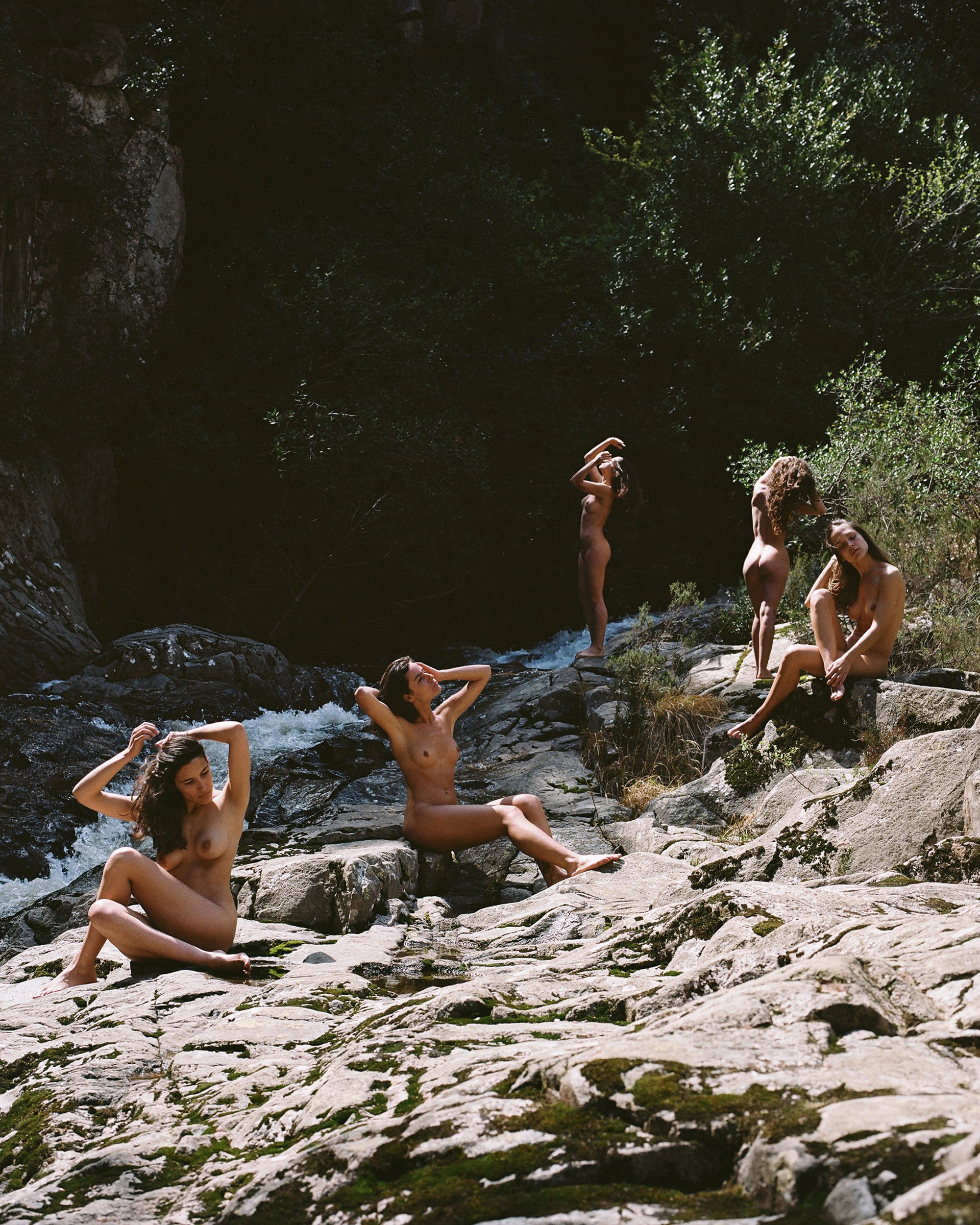
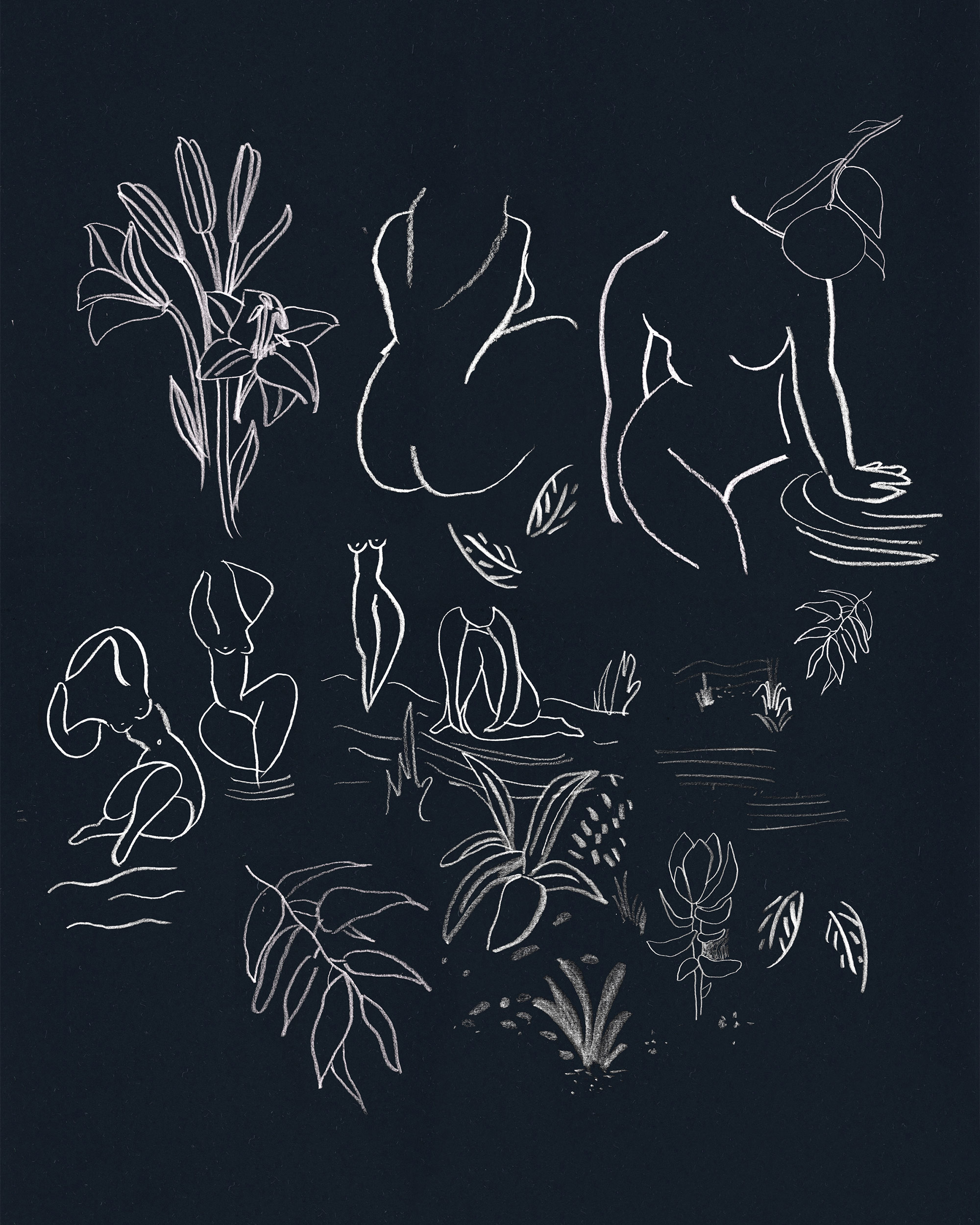
They’re so lovely. You have such a nice mix of collaborations going with both strangers who’ve become friends, and old friends who are now co-workers. I do. When people ask me about our team, I say we’re an open team, because we’re always collaborating with others outside of the company.
Which speaks again to the ways in which you’re operating your company so differently than more traditional ones. What’s the biggest creative risk you’ve taken so far in your career, and what did you learn from that? I suppose I’m always taking creative risks, because I only shoot film and that’s a risk in itself. But also, collaborating with other people is a risk. Your collaborator might come up with something you don’t really like or understand. So it’s important to be respectful when you’re collaborating, in order to come together to create something you both equally believe in. I’ve been really lucky with my collaborations, though. I always love them. They usually end up being really different from what I had originally planned, but I’m okay with that. I like it better that way.
All of the work you do through this project as a platform—including these collaborations—is highly visible, and you have many followers and admirers. What insight or advice would you offer a photographer or designer who may aspire to a similar path? I think it’s important to first have a really good idea of what you want to do, but that’s only 5% of the entire process. It’s also important to remember to follow your own intuition, and to trust yourself. My mother always told me that, and it’s what I try to continue to do. I would also say that it’s so important to have a good team. I’m really lucky to be surrounded by such good people.
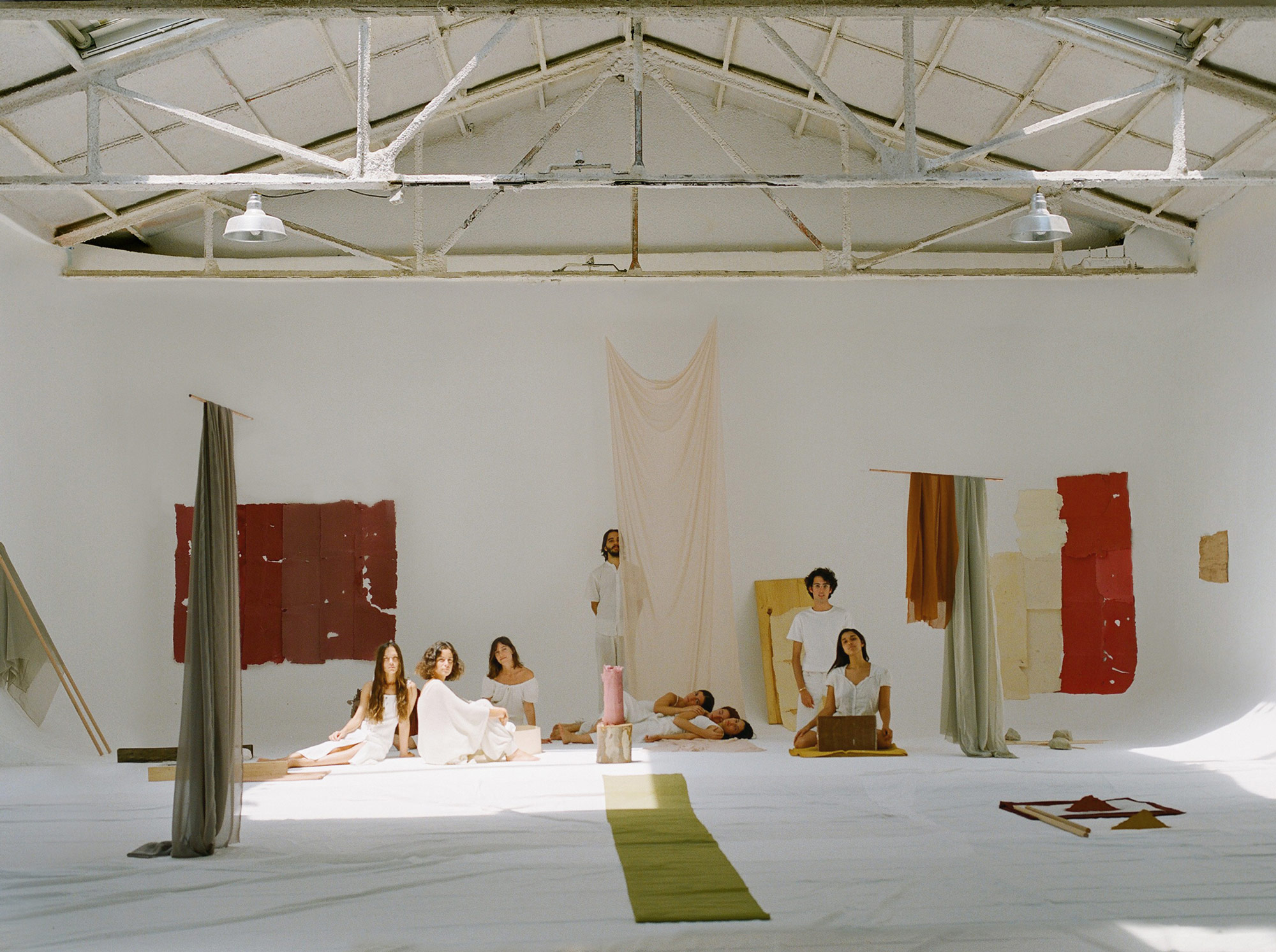
With such a great team of friends and collaborators who you get to experiment with so freely, do you feel creatively satisfied? I’m obsessed with keeping this company from becoming a common fashion brand. So I’m serious about continuing the kinds of artistic projects and collaborations that allow me to keep developing my own sensibilities and to feel creatively satisfied; even if they sometimes have nothing to do with fashion.
I did a collaboration this summer with my friend Marta Armengol, who’s an architect. We built a 4-meter tall, ephemeral pyramid out of wood. And it had nothing to do with fashion. I also created a performance installation with Laura Sebastianes, an artist from the south of Spain. There were no clothes in the installation, but it was still connected in some way to my company because I art directed it.
All of this—including the experiments more directly related to clothes—make up one, huge, creative project that I’m really proud of. It’s what makes Paloma Wool so special, and I want to keep that alive.
“I try to express kindness through my work, and I like to show the process of how my team works together. We’re women, and we’re friends. We respect each other, and treat each other well.”
